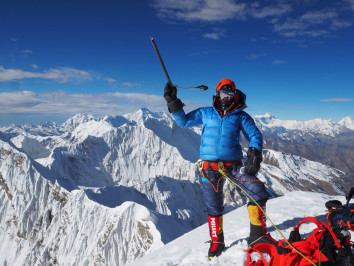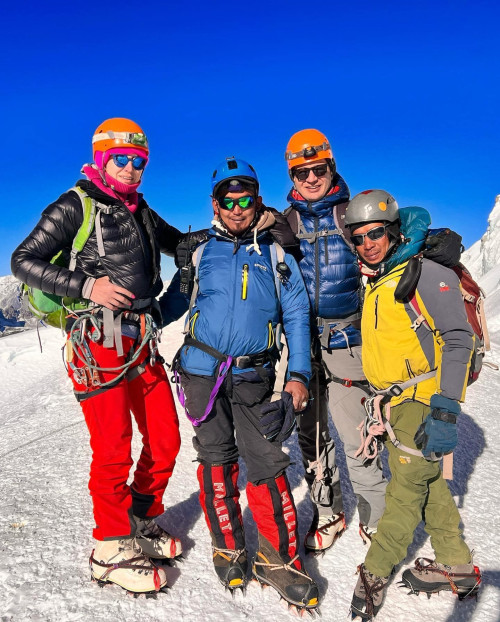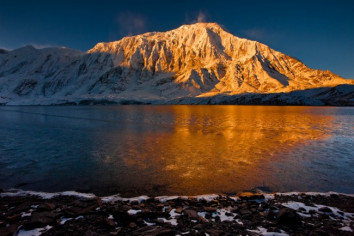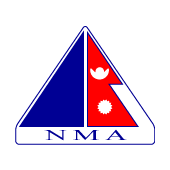Touch Kailash – Embark on a Once-in-a-Lifetime Yatra to the Holy Mount Kailash and Mansarovar Lake
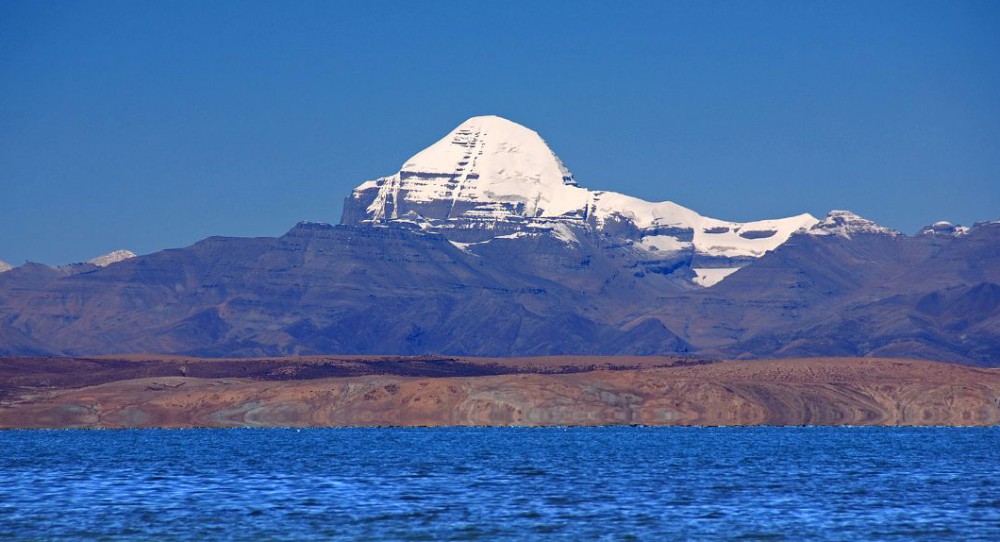
 Kedar Neupane
13th Jun, 2025
Kedar Neupane
13th Jun, 2025
Kedar Neupane
I am Kedar Neupane, a passionate traveler, entrepreneur, mentor, and social contributor, born and raised in a village near the Nepal-China border in Sindhupalchok, Nepal. With a Master’s degree in Business from Tribhuvan University and Level 2 proficiency in the German language, I have dedicated my life to tourism, trade, mentorship, and holistic well-being.
🌍 A Global Explorer with a Vision
Having explored 26+ countries, I have gained profound insights into diverse cultures, business landscapes, and global tourism. My travels have taken me to:
🇹🇭 Thailand | 🇧🇹 Bhutan | 🇲🇾 Malaysia | 🇸🇬 Singapore | 🇨🇳 China | 🇭🇰 Hong Kong | 🇩🇪 Germany | 🇵🇱 Poland | 🇦🇹 Austria | 🇨🇭 Switzerland | 🇭🇺 Hungary | 🇳🇱 Netherlands | 🇧🇪 Belgium | 🇫🇷 France | 🇦🇪 UAE | 🇬🇧 UK | 🇺🇸 USA | 🇹🇷 Turkey | 🇶🇦 Qatar | 🇮🇳 India | 🇮🇩 Indonesia | 🇨🇦 Canada
Through my journeys, I have developed a deep appreciation for cultural exchange, adventure tourism, and sustainable business practices.
🏔️ Entrepreneurial & Professional Journey
I am actively involved in tourism, trade, and mentorship, leading multiple ventures that promote sustainable travel, adventure tourism, and business development:
✔ Founder & MD – Actual Adventure Pvt. Ltd. (A leading adventure travel company in Nepal)
✔ CEO – Himalayas Destination Management Company (Creating premium travel experiences)
✔ MD – Nepal Export & Import Pvt. Ltd. (Promoting Nepalese products globally)
✔ MD – Actual Mentor Pvt. Ltd. (Empowering entrepreneurs and professionals)
✔ Chairman – World Expedition Nepal (Focusing on high-altitude expeditions and trekking)
Through my entrepreneurial journey, social contributions, global explorations, and commitment to lifelong learning, I strive to inspire others to pursue their passions while making a meaningful difference. My dream is to build a world where travel, business, and holistic well-being come together, fostering growth, sustainability, and happiness for all.
“Touch Kailash – Embark on a once-in-a-lifetime yatra to the holy Mount Kailash and Mansarovar Lake with expert guidance, medical safety, and spiritual serenity.”
Table of Contents
For centuries, Mount Kailash has been regarded as the axis of the universe—sacred to Hindus, Buddhists, Jains, and followers of Bon. Located in the remote Tibetan Himalayas, this holy mountain and the nearby Mansarovar Lake draw thousands of pilgrims each year in search of spiritual awakening, inner peace, and divine connection.
The Kailash Mansarovar Yatra is more than a pilgrimage—it's a transformative journey of the soul.
Why "Touch Kailash"?
The name “Touch Kailash” represents the spiritual desire to connect deeply with Lord Shiva’s abode, even without climbing it. Since climbing Mount Kailash is forbidden, the goal of the yatra is to complete the sacred parikrama (circumambulation) and absorb its powerful energy.
Touching Kailash is about spiritual proximity, not physical conquest.
Spiritual Significance
-
Mount Kailash: The abode of Lord Shiva and the center of the universe according to Hindu cosmology.
-
Mansarovar Lake: Believed to be created by Lord Brahma, bathing in its waters cleanses sins of lifetimes.
-
Parikrama (Kora): The 52-km walk around Kailash is a sacred ritual of devotion and surrender.
Popular Routes to Kailash
Overland Route via Nepal (Kerung)
-
Start from Kathmandu
-
Cross into Tibet via Kerung
-
Visit Saga – Mansarovar – Darchen – Kailash Parikrama
-
Return to Kathmandu
🚁 Helicopter Route (via Simikot – Hilsa)
-
Kathmandu → Nepalgunj → Simikot (by flight)
-
Helicopter to Hilsa → Drive to Kailash
-
Faster and suitable for seniors & NRIs
🥾 Inner Kora Route
-
Advanced route for serious pilgrims
-
Covers deeper spiritual zones like Drolma La Pass
Safety, Guidance & Medical Backup
-
Oxygen support and medical staff
-
Acclimatization schedule for altitude safety
-
Travel permits and Tibet visa arranged
-
Expert Nepali & Tibetan guides
-
Emergency evacuation plan
-
Daily health monitoring
Kailash Mansarovar Yatra Packages 2025–2026
| Package Type | Duration | Route | Best For |
|---|---|---|---|
| Overland Standard | 14 Days | Kathmandu – Kerung – Kailash | Traditional and scenic journey |
| Helicopter Tour | 9–11 Days | Kathmandu – Simikot – Kailash | Shorter & comfortable |
| Inner Kora Yatra | 18 Days | Full circumambulation trek | Spiritually advanced devotees |
| NRI Luxury Package | 10 Days | Private jeeps + English guides | Comfort & cultural immersion |
✔️ Fixed departures from May to September
✔️ Group & early booking discounts available
Best Time to Visit Kailash Mansarovar
-
May to September: Favorable weather
-
Guru Purnima (June/July): Highly auspicious
-
Shravan Month: Sacred Shiva season
-
Full Moon Days: Preferred by many pilgrims
Has anyone touched Mount Kailash?
To date, no one has ever physically climbed or touched the summit of Mount Kailash. Despite its relatively moderate height (6,638 meters), Mount Kailash remains unclimbed out of deep spiritual respect. Tibetan Buddhists, Hindus, Jains, and Bon followers consider it sacred ground, and touching or climbing its slopes is seen as a spiritual transgression. Even renowned mountaineers who sought permission have withdrawn due to religious opposition and mystical experiences reported near the base.
Are you allowed to touch Mount Kailash?
No, you are not allowed to touch or climb Mount Kailash. The mountain is considered so sacred that even walking on its slopes is forbidden. Pilgrims are only permitted to complete a kora or parikrama, which is the 52-kilometer route that circles the base of the mountain. This circumambulation is believed to cleanse one’s sins and bring spiritual liberation. Local belief warns that disturbing the mountain may bring misfortune or divine displeasure.
How much does it cost to go to Kailash Mansarovar Yatra from Nepal?
The cost of the Kailash Mansarovar Yatra from Nepal typically ranges between INR 2,45,000 to 4,50,000 (USD 2,900 to 5,500) depending on the route, duration, group size, and service level. The standard overland route via Kerung is the most economical (14 days), while helicopter tours via Simikot–Hilsa are faster and more expensive (9–11 days). Luxury and NRI-custom packages with private jeeps, hotels, and English-speaking guides are at the higher end of the pricing. The package includes accommodation, meals, Tibetan visa/permit, guides, transport, and medical support.
What is the mystery of Mount Kailash and Mansarovar Lake?
Mount Kailash is surrounded by mythological and scientific mysteries. Pilgrims claim to experience time distortion, rapid aging, and strong energy fields near the mountain. Its unique pyramid-like structure and perfect four-face symmetry have puzzled scientists. Lake Mansarovar, located at the foot of the mountain, is known for its unusual round shape, and pilgrims believe its water purifies karmic sins. Nearby Lake Rakshastal, with salty water and no aquatic life, adds to the contrast and mystique. Together, they are believed to represent light (Mansarovar) and darkness (Rakshastal).
What did NASA find on Mount Kailash?
While NASA has not officially released any scientific expedition report specifically about Mount Kailash, various unverified sources and theories claim that satellite images reveal unnatural symmetry, high electromagnetic energy, and a possible man-made structure beneath the mountain. These theories are speculative and not confirmed by any major scientific body. However, the mountain’s magnetic energy, geomagnetic anomalies, and GPS distortion experiences by trekkers have contributed to the belief that Kailash holds a deeper cosmic or spiritual significance.
Can a helicopter fly over Mount Kailash?
Technically, helicopters can fly at the height of Mount Kailash, but flights directly over the peak are avoided out of religious respect. Tibetan authorities and local belief strictly prohibit flying over or close to the summit. Helicopter flights in the Kailash region (especially for the Simikot–Hilsa route) operate at a distance from the mountain, typically for yatra logistics rather than sightseeing. It is also believed that disturbing the spiritual aura of Kailash from the air is a sacrilege.
Why is Kailash not climbed?
Mount Kailash is not climbed because of its sacred status across four major religions—Hinduism, Buddhism, Jainism, and Bon. According to belief, Lord Shiva resides at the summit in meditation, and stepping on the peak would be a direct disrespect to the divine. In 2001, Chinese authorities considered granting permission to climb Mount Kailash, but widespread protests from spiritual leaders and the Indian government led to the cancellation. Even famous mountaineers, like Reinhold Messner, refused to climb it out of reverence.
What is the oxygen level at Mount Kailash?
Mount Kailash stands at an altitude of 6,638 meters (21,778 feet), but most pilgrims do not ascend to that height. The parikrama route reaches a maximum of about 5,630 meters (18,471 feet) at Drolma La Pass, where oxygen levels drop to approximately 40–50% of sea level oxygen. This means acclimatization is crucial, and many travelers experience altitude sickness. Proper medical support and gradual ascent schedules are important parts of every Kailash Mansarovar package.
Which god's name is Kailash?
Mount Kailash is most famously associated with Lord Shiva, who is believed to reside there with his consort Goddess Parvati. In Hinduism, the mountain is known as Kailash Parvat, the spiritual seat of Mahadev, the destroyer and transformer. Buddhists regard it as the home of Demchok (Chakrasamvara), a deity representing supreme bliss. Jains believe it is Ashtapada, where their first Tirthankara attained liberation. Bon religion calls it the sacred Nine-Storey Swastika Mountain, axis of the world.
Is Kailash visible from Nepal?
Yes, Mount Kailash can be seen from parts of Nepal near the Hilsa border (in Humla District) on the northwest corner of the country. However, the view is partial and distant, and the best views are from the Tibetan side after crossing the border into China. While there is no full-frontal clear view from within Nepal, those trekking to Simikot or heading to the Hilsa border for the Yatra may catch glimpses of Kailash on clear days.
Can a normal person go to Kailash Mansarovar?
Yes, any physically fit and mentally prepared person can undertake the Kailash Mansarovar Yatra, regardless of nationality or religion. No climbing experience is required, but due to the high altitudes and rough terrain, it's essential to:
-
Be medically fit
-
Undergo proper acclimatization
-
Be prepared for cold weather, basic facilities, and long travel days
Many elderly, women, and even solo travelers complete the Yatra successfully every year with proper preparation, often through organized tour operators who manage logistics, safety, and spiritual guidance.
Recent Posts

18th Nov, 2025

14th Nov, 2025
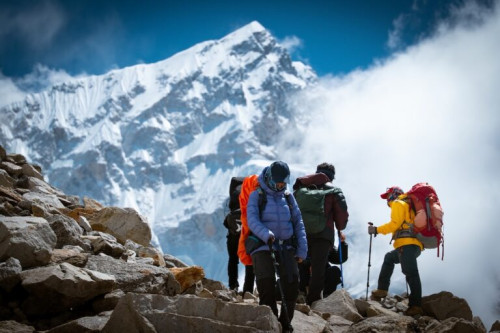
12th Nov, 2025

28th Oct, 2025
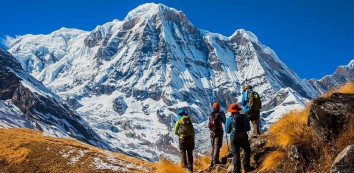
19th Oct, 2025

18th Oct, 2025

14th Oct, 2025

14th Oct, 2025
